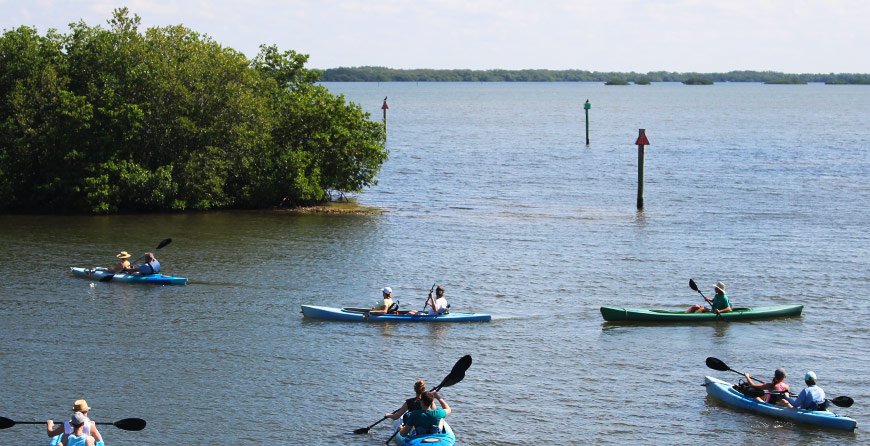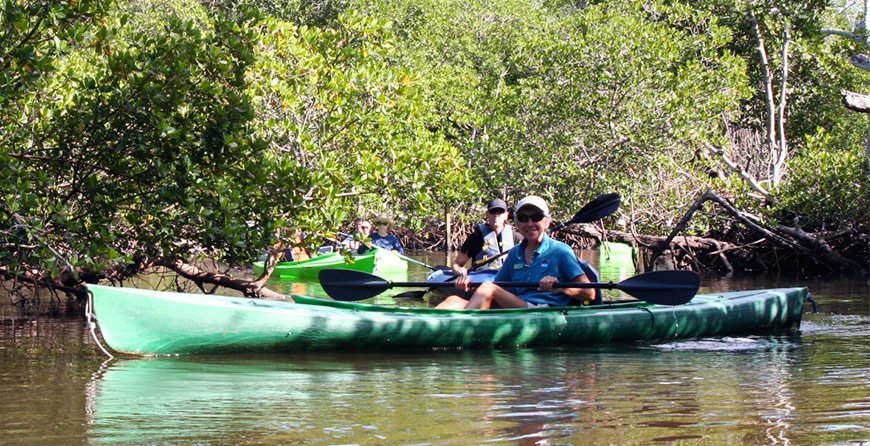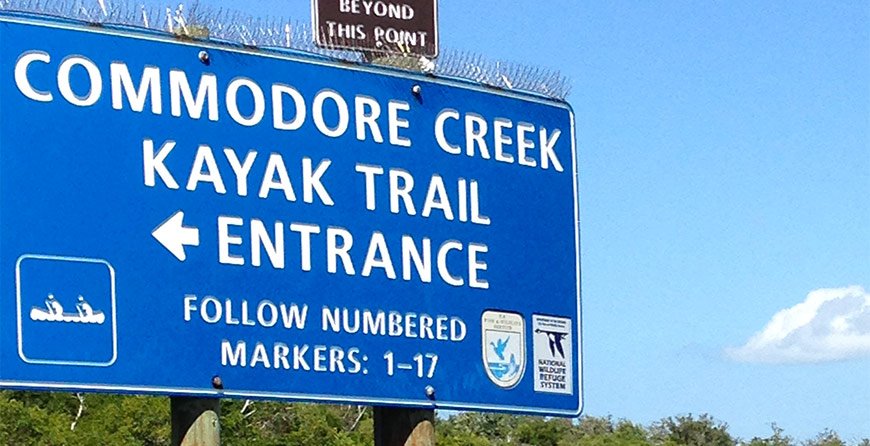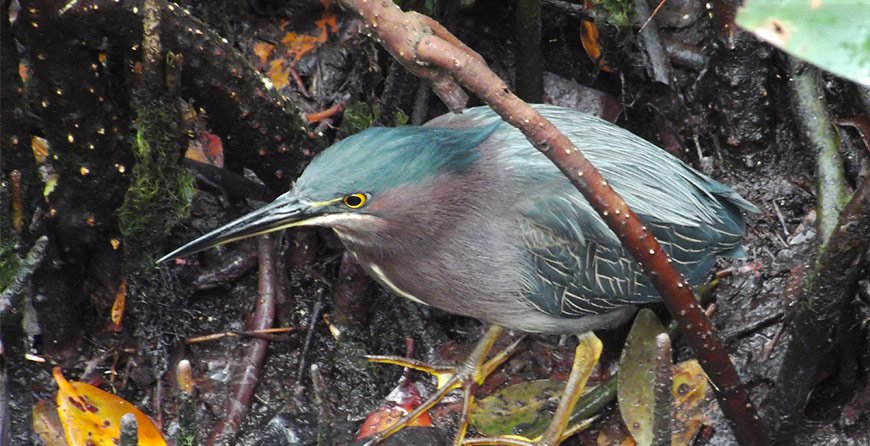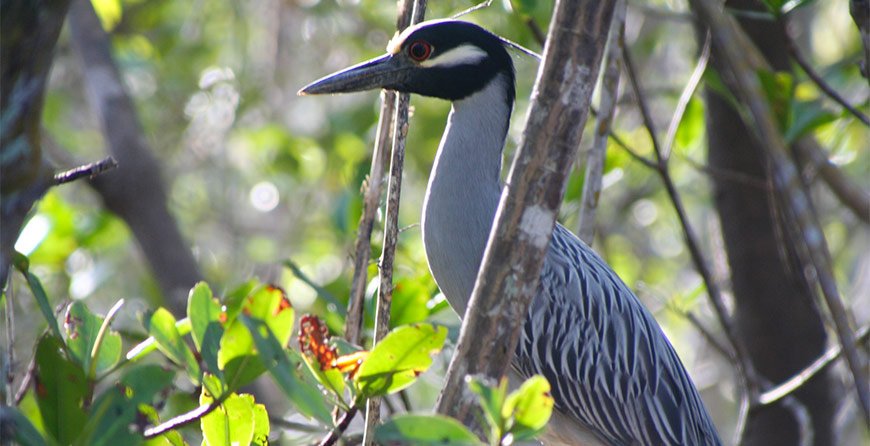Kayak Trail Tour
*Reservations Highly Recommended*
“Tarpon Bay is one of the top ten places in the nation to paddle” ~Canoe & Kayak Magazine
The Kayak Trail Tour is a wonderful introduction to Tarpon Bay and the coastal environment. Visitors will kayak with an experienced naturalist through the mangrove forest along Tarpon Bay’s Commodore Creek Trail. The trail provides a unique and up-close perspective to the mangrove habitat. Paddlers will learn about the J.N. “Ding” Darling National Wildlife Refuge’s rich mangrove ecosystem and the wildlife living within it. You’ll be surrounded by red mangroves, wading birds and unsurpassed peace and quiet. In addition to the education paddlers receive on the tour, another benefit of joining a tour (versus a kayak rental), is that paddlers are allowed the keep the kayak for the remainder of the day FREE of charge to explore.* RESERVATIONS RECOMMENDED
Kayak Trail Tour Schedule: https://tarponbayexplorers.com/tour-schedule/#kayak-trail-tour
Things to Know:
- Paddlers must stay within Tarpon Bay and may not leave campus and return later to kayak for free.
- The Kayak Tours are conducted in Double Kayaks, unless your group is an odd number (Example: 5 people would go in 2 Doubles and 1 Single Kayak).
- *If our tours are booked, you can always Rent a Kayak to paddle on your own.
- The months of February thru April are very busy! Please allow extra time to get to your destination, ESPECIALLY if you are coming from OFF ISLAND!
Did You Know?
There are up to 60 different species of mangroves worldwide? In the continental U.S., there are only three species including the Red, Black & White Mangrove. These trees are an important component to the ecosystem in that they provide erosion control, protection from tropical storms & hurricanes, clean estuary waters and provide a habitat and food source for an ample amount of wildlife. Waterfront development has strongly affected the habitat of mangrove communities. Removal of these trees and the destruction of the mangrove wetland habitats endanger the natural systems of Florida’s coastal areas.
Tour Duration
1 1/2 Hours
Reservations
Recommended
Rates
- Adult: $40
- Child: $35
*tax not included
Age Recommendation
5 & older
